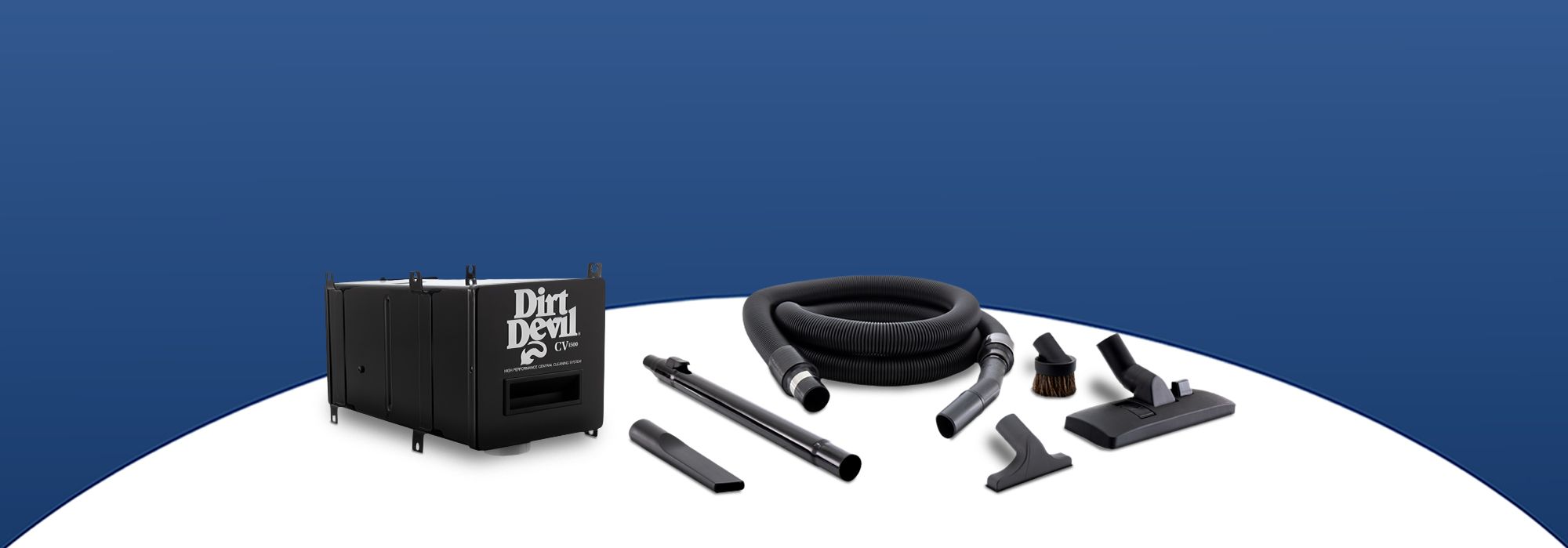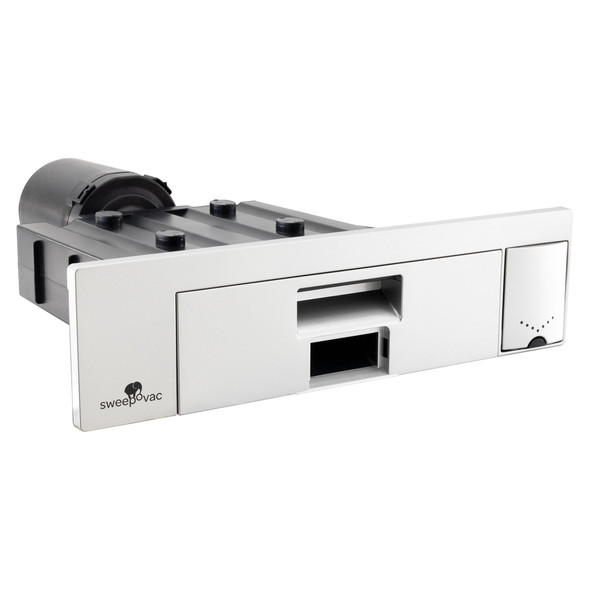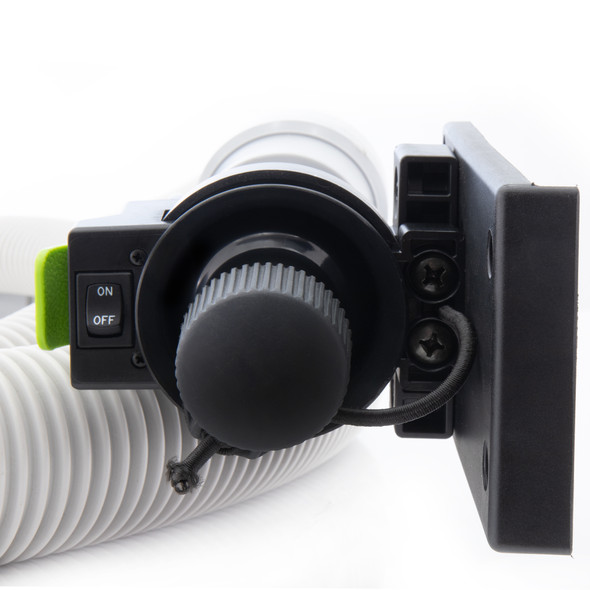While many newer RVs have changed over to hardwood or vinyl flooring, they still often have carpet in the slide out, the bedroom, or in another small living space. But even if you only have a small amount of carpet in your rig, keeping that carpet and the rest of your floor clean is still important.
Camping is a messy task, one that can drag in dirt, leaves, snow, sand, and other debris. Without a vacuum, you could leave your carpets to the elements, letting them become stained and discolored. The problem that you often run into, however, is that most vacuums are heavy and bulky. This poses a problem in RVs, which only have so much room available. That’s where RV vacuums comes in.
If you weren’t sure yet about whether or not you need an RV vacuum, just ask yourself these questions:
- How often will I need to vacuum?
- How much carpet will I be cleaning?
- Do I expect to be cleaning up large amounts of dirt or pet hair, making a small dust capacity unreasonable?
- Am I willing to install a central system?
- Do I have storage space for a stick vacuum?
Once these questions are answered, you can know whether you want to go for a full-sized vacuum cleaner, a portable vacuum, or a central vacuum.
RV Central Vacuum Systems
Basics of a Central Vacuum System
A central vacuum system is a built-in vacuum system with a central vacuum unit that is stored in the interior of your RV, a vacuum tubing system, and an accessory kit. With the internal design of the system, you don’t need to carry around a heavy unit from room to room or how to store it once you’re done. And you don’t need to carry it upstairs, either, which is extra terrific.
Once you’ve vacuumed the area, the dirt and debris are carried through the vacuum hose to the receptacle located in the wall and in an out of the way location. It’s permanent and out of the way, with inlets scattered around your living area, depending on the size. With the out of the way nature of this system, you don’t see the dirt again until you empty the bag.
While a central vacuum system is an amazing way to keep your RV clean, there are a few terms that can slip you up. To help prevent you from getting confused, we’ve brought a few of them here to explain them.
- Amps: This is how much electricity is needed to operate the vacuum motor.
- Bag: This is the collection device for the dust and dirt, similar to that on a portable vacuum cleaner.
- CFM (Cubic Feet of air per Minute): This is the maximum amount of airflow when the vacuum is being operated. Dirt and dust can only be pulled into the vacuum if here is enough air being circulated.
- Cyclonic action: This is the action that is found in a tornado. In a vacuum, the air swirls around in this pattern, separating the debris from the air.
- Fan: This is the group of blades that spin to create the vacuum airflow.
- HEPA (High Efficiency Particle Arrestor): This is the filter used in order to reduce the amount of airborne dirt and allergens.
- Maximum air watts: This is the air power delivered to the power unit, generally recognized as the best way to measure the cleaning power of a vacuum.
Benefits of a Central Vacuum System
There are so many great benefits to having a central vacuum system in your home or RV, you’ll start to wonder why you ever had to deal with a clunky portable vacuum in the first place.
First off, central vacuums create healthier air. Unlike larger vacuum systems that have the dust receptacle as a part of the unit, the central vacuum filters the dirt and dust from the air in an out of the way location. This prevents particles from re-entering the air, preventing odors, allergens, dust, and more from going right back into the air right after you’ve cleaned. If you have pets who shed and have dander, children who crawl over the floor, or allergies, this is a really important piece to consider.
Central vacuums also tend to be more powerful. Why? Because the unit is not meant to be portable, it can use a more solid motor, which produces more power. Also, because the motor is in the wall, it doesn’t have to work as hard to be quiet but can use its energy to create the vacuum power.
Next, central vacuums are super convenient. If you only have a little bit of carpet to clean, you probably don’t want to use up your limited space on an entire portable vacuum cleaner. With the internal design of a central vacuum, you don’t have to take up a ton of space. There are also no cords to trip over and many units can insert the hose right back into the wall outlet.
They are really versatile because of the inlets that can be added and changed out, and the accessories add to this versatility. As for maintenance, the internal design means you don’t have to mess with as many pieces. Generally speaking, the only pieces you would need to worry about cleaning are the hose and the bag, if needed.
Finally, adding a central vacuum system to your home or RV increases the resale value and saves you money. By adding a permanent appliance to your home, you add to the value of the rig itself, increasing the price when you would eventually sell it. And with the higher power of the vacuum, your rugs, carpet, and more can stay cleaner easier, further reducing the costs of replacing them.
Maintenance
Central vacuums are pretty low maintenance. It’s one of the great parts of installing one. If you are wanting to keep your system in tip top shape for as long as possible, however, there are a few things you can do.
First things first, it needs to be installed correctly. Unlike most of the other pieces on our site, the central vacuum system really should be installed by a professional, especially if it is being installed on a pre-existing RV and not one that is currently being built. While they are convenient and amazing, central vacuum systems require quite a bit of technique and skill to install them correctly. Our advice? Talk to an RV technician and leave it to the professionals.
There are also a few pieces to check periodically. Check the motor occasionally just in case it needs oiling or lubrication and check the motor brushes as well. If they are too worn down, they may need to be replaced. Check the filters and replace them if needed. Depending on factors such as how often you clean and what it is you are cleaning, the filters might need to be replaced about two to four times a year. Learn how to remove dirt clots from the hose, too.
If you vacuumed something moist or sticky, the hose can get clogged. To unclog it, you can use central vacuum cloths, attach the hose in the reverse direction, or try using a plumber’s snake to clean it out. Finally, make sure you store the hose and other accessories in a safe place. Take care of the carpet brush attachments and make sure there are no tangles or knots in the bristles. If need be, you can trim them if they are damaged.
The HEPA Filter
Because there is some confusion on how to care for a HEPA filter, we’ve separated it from the rest. A HEPA filter is a vacuum filter that claims to remove particles like dust, allergens, and mold spores from the air. Generally, they are effective, however, if they are saturated and clogged with these particles, they will begin to release the pollutants on the filter surface back into the air. Because of this, one of the most common questions is whether or not you can wash it. The short answer is no, you can’t. The long answer is that it would depend on the label. If the filter is labeled as being washable or permanent, you can wash it with clean water and still use it.
If you do wash it, make sure that the filter is 100% dry before placing it back. If it is still damp, it could encourage mold growth on the filter. If the filter is not specifically labeled, then you cannot wash it, as it could stretch the fibers and reduce the efficiency of the filter. All in all, it’s just not a good idea. It’s a dirty job that could introduce the particles back into your home and you yourself could inhale some of the pollutants while you’re cleaning it. If you are still in doubt whether or not you can wash the filter, consult the manufacturer.
FAQs
Q: If I have asthma and allergies, how will a central vacuum system affect this?
A: If you have some kind of breathing problem or issue with particulate matter in the air, then a central vacuum is the way to go. Portable vacuums exhale fine dust particles back into the air, which can irritate the lungs and nose. Because of the hidden receptacle, the vacuum doesn’t spit the air back out. This keeps the air cleaner and keeps you breathing easy.
Q: I have pets. Is a central vacuum good with pets?
A: Central vacuums work terrific for pet owners. The higher power on the vacuum means you can get a deeper clean, removing more pet hair and dander. Because of this deeper clean, as well as the prevention of spurting dust back into the air, the odors associated with having pets is greatly reduced. Also, when you are using a portable vacuum cleaner, the pet hair will increase the amount of maintenance and reduce the operating life. With a built-in central vacuum system, you will have less maintenance to worry about and a longer life as well.
Q: Can I use the vacuum cleaner to pick up liquid spills?
A: No, you really shouldn’t this can cause the hose to clog up, can damage the motor if left unchecked, and can cause mold and mildew to grow on the filter.
Q: Does a central vacuum system have to be vented outside?
A: Only if you have a cyclonic vacuum. Units with filters and bags trap all of the dirt and debris in the container.
Tips to Improve Indoor Air Quality
Even with a terrific vacuum system, you might still want some tips for helping keep your air and your environment fresher. First, remove any pollutant sources. Try cooking on the grill outside, ask smokers to smoke outside, and keep the trash area clean. If you have pets, stay on track with keeping them clean and groomed. Next, clean regularly. Just keeping countertops, floors, and other surfaces clean can greatly improve the air quality.
You can also open the windows and doors to increase ventilation and air circulation in your home. Finally, try using an air purification system. These are the top shelf solution to keeping your home fresh and clean. They are shown not only to remove the pollutants in the air, but also to destroy any organic compounds such as airborne chemicals and biological pollutants like mold. As a plus, you won’t need to worry about mold growth being released back into the air.




 $259.95
$259.95
 $104.95
$104.95
 $124.95
$124.95
 $104.95
$104.95
 $199.95
$199.95


 $15.95
$15.95
 $364.95
$364.95
